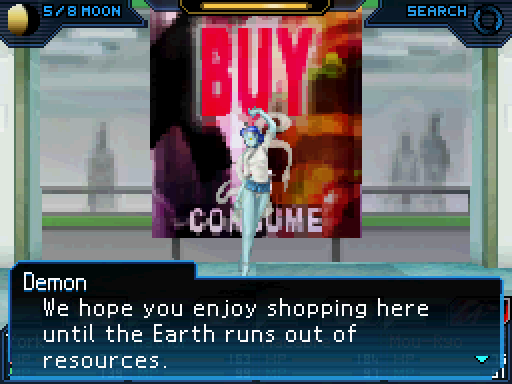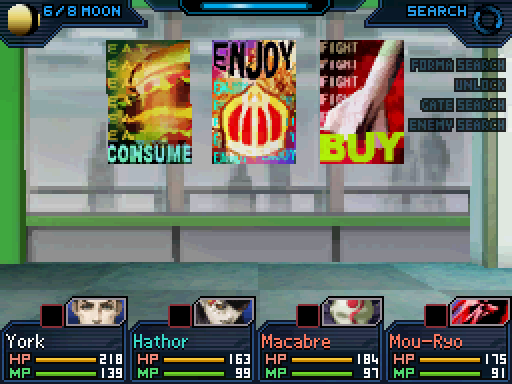
I'll be honest here: I'm not a Studio Ghibli fan, and not of the works of Miyazaki in particular. His films are pretty, no arguments there. But as a jaded and bitter adult, the endless whimsy does little for me, and the ham-fisted environmentalist messages even less.
So on paper, Ni No Kuni, an RPG co-produced by Studio Ghibli (right down to Joe Hisaishi composing the soundtrack) would do little for me. Fortunately they are working alongside RPG masterminds Level-5 – and now I've had time to play the PS3 title, I can safely say that although the theme is pure Ghibli, the gameplay experience is totally my kind of game.
Ah, but why do I say the “PS3 title” specifically? Well, back in 2010, Level-5 and Studio Ghibli made Ni No Kuni: The Jet Black Mage for the DS. While a solid RPG in its own right, its main draw was that it came with a real-world grimoire, reflecting one that appeared in the game. Within it was information on every weapon, item and enemy, as well as detailed lore about the game world. Due to the hefty translation requirements of the book, the game was never localised.
However, the PS3 release, retaining the basic story basis and characters – as well as including the high quality graphical production as expected of any HD console – has the budget and the scale to get a full English translation, book included. Hisaishi's soundtrack (performed by the Tokyo Philharmonic orchestra, no less) is coupled with smatterings of fully animated cut-scenes from Ghibli; in a similar way to how Catherine had some scenes animated by STUDIO4°C.
The rise of a classic

The story is very familiar fare. You play as Oliver, an ordinary kid living in an ordinary (if somewhat 50's-ish) town. But due to a series of unfortunate events, his mother dies of heart failure. Distraught by his sudden loss, Oliver's tears transform a doll given to him by his mother. The now living doll (with a charmingly well-localised Welsh accent) calls himself Drippy, Lord of the Faeries. He tells Oliver of a mysterious evil plaguing his home land, and needs Oliver - as the Chosen One - to take up the role of a wizard to cure the spreading case of Brokenheartedness plaguing the population.
If you're familiar of the Hero's Journey story archetype, Ni No Kuni plays it line for line. And as a game designed for children (and written by Studio Ghibli), you would expect no less. The vast lush scenery porn of the Other World, its adorable denizens (enemy and ally alike), and how the game gently hand holds you from check point to check point ensures that Ni No Kuni is ideal for the son, daughter or young sibling in your life.
But don't take this as Ni No Kuni being unsuitable for older audiences to play. Level-5 shows some great mastery of game design, lending tricks from their previous RPG exploits. The battle system is that of a simplified action RPG (and a subtle call back to Rogue Galaxy on the PS2). You can freely run around the battle arena, but attacking and defending are on timers. Deciding the best time to attack is incredibly important, especially when Oliver's running speed is rather feeble.
When battles get too hot for him to handle, Oliver can summon a familiar to fight in his stead. Almost every foe in the game can be recruited to your side; all detailed in full within your magical grimoire. While the preorder version of Ni No Kuni will come with a physical copy, the entire text is available within the game itself. The translation and content echoes strongly of Dragon Quest IX (also produced by Level-5), right down to the punny names of foes. The Hog-Goblin line of enemies also features the Gobfather, the Gobspeed and the Gobforsaken. Christ.
When you're not battling monsters, you are puzzle solving...of the highest order. As a wizard, Oliver's task to cure Brokenheartedness requires him to borrow a little Heart from those who have excess to cure those who are lacking. A guard lacking a get-up-and-go attitude? Find him a little Enthusiasm! On paper they're little more than side quests; but it's a clever bit of attention paid to the game's theme. You're magically fixing broken hearts on a quest to save your mother... and what did she die of again?
I do always have a soft spot for games that include a bestiary; so the way Ni No Kuni encourages you to read as you roam, discovering new pages as you play, is incredibly compelling. The game reportedly has an around 50 hour play time, but finding all there is to see (and completing the huge number of side quests) will add on many more. For those who need to be won over (or just want to see the lush visuals in action), a demo is available on the PSN right now! Otherwise, the full game will be available from the 25th January, 2013.































